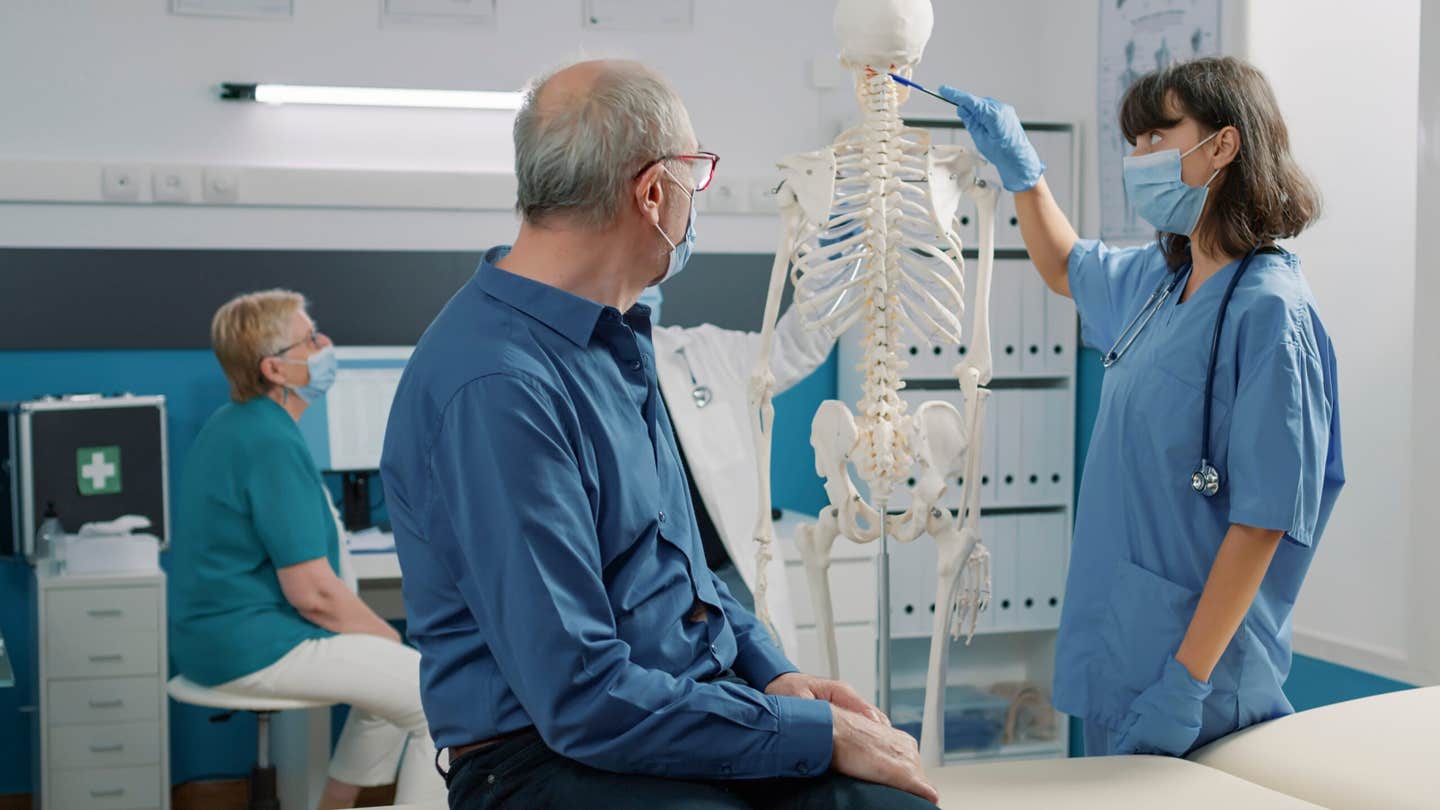New drug reduces both cholesterol levels and body weight, helping millions
The advantages extended beyond shedding pounds to healthier cholesterol levels and a marked decrease in liver inflammation.

Over 100 million Americans struggle with obesity and its metabolic consequences. This new discovery could transform the way doctors approach and treat these conditions. (CREDIT: CC BY-SA 4.0)
More than 100 million Americans face obesity and related metabolic problems, a health crisis with serious and far-reaching effects.
A new approach from scientists offers fresh hope. “We were really excited about this work,” says S. Thai Thayumanavan, a biomedical engineer and chemist at the University of Massachusetts Amherst. His team’s discovery could reshape how we treat obesity-related diseases.
Nanogel Carriers to the Rescue
The breakthrough centers on nanogels—tiny, flexible carriers built to hold powerful drugs. In this case, they deliver a synthetic thyroid hormone, known as a thyromimetic. While this hormone plays a key role in liver metabolism, giving it to the whole body can cause dangerous side effects.
To avoid those risks, researchers created a smart delivery method. The nanogels bring the drug directly to liver cells, bypassing other organs entirely. “We came up with a very simple approach, using our unique invention—nanogels that we can direct selectively to different targets,” Thayumanavan explains.
A key graphic shows how the drug reaches its target in the liver, using a technique designed for precision. “They were custom-designed for hepatocyte delivery in the liver,” he adds. That precision could mark a turning point for patients who can’t tolerate systemic treatments.
In tests on mice, the therapy produced dramatic results. Animals that had gained weight lost all of it after treatment—with no signs of harm. “The treated mice completely lost their gained weight, and we did not see any untoward side effects,” says Thayumanavan.
Full-Body Shift in Metabolism
What stood out even more was what happened next. Even on a high-fat diet, the mice had lower cholesterol and much less liver inflammation. This wasn’t just about burning fat—it suggested a full-body shift in metabolism.
Related Stories
- Common cholesterol drugs could stop cancer growth
- Lifesaving cholesterol discovery could prevent heart disease and stroke
“We found that we are activating the reverse cholesterol transport pathway, which lowers cholesterol,” Thayumanavan says. That pathway may hold the key to safer, longer-lasting therapies for conditions tied to obesity.
He further theorizes, "We believe that activation of fat oxidation and an increase in metabolic rate are causing the loss in weight, but more work needs to be done to prove that point."
Delving into the mechanics, once these nanogels permeate the hepatocytes, the liver cell environment disintegrates the bonds within the nanogel, releasing axitirome. This drug subsequently latches onto proteins pivotal for gene expression regulation.
The apparent effectiveness of the ANG-delivered axitirome, which reversed weight gain without disrupting thyroid hormone levels, indicates a promising avenue for thyromimetics in addressing metabolic diseases like obesity.
Appetite for High-Calorie Food
An interesting observation emerged: mice on axitirome retained their appetite for high-calorie food. This is in stark contrast to human subjects using other weight loss drugs.
"There is a significant amount of development work to be conducted between mice and humans," Thayumanavan cautions, "but we are hoping it will eventually become a drug."
Driven by the promise of the nanogel technology his lab birthed, Thayumanavan has launched a startup, Cyta Therapeutics. Their primary mission? To spearhead cutting-edge delivery platforms ensuring drugs are dispatched to their intended bodily destinations.
The exciting potential of this discovery cannot be understated. It not only offers a beacon of hope for those grappling with obesity and associated disorders but also paves the way for further advancements in drug delivery, potentially revolutionizing the treatment of metabolic diseases.
Other Health Benefits for Thyromimetics
Thyromimetics are drugs that mimic the effects of thyroid hormones, primarily triiodothyronine (T3), by activating thyroid hormone receptors (THRs). They are being explored for various therapeutic applications due to their ability to regulate metabolism, cholesterol levels, and other physiological functions. Here are some potential benefits of taking thyromimetics:
Cholesterol Reduction and Cardiovascular Health
- Some thyromimetics, such as Eprotirome and Resmetirom, selectively target thyroid hormone receptor beta (THR-β) in the liver. This activation helps:
- Lower LDL (bad) cholesterol and triglycerides.
- Increase HDL (good) cholesterol.
- Reduce the risk of atherosclerosis and cardiovascular disease without significant side effects on the heart or bones.
Non-Alcoholic Fatty Liver Disease (NAFLD) and NASH Treatment
- Thyromimetics like Resmetirom are being studied for their role in treating non-alcoholic steatohepatitis (NASH).
- They help reduce hepatic fat accumulation, inflammation, and fibrosis by improving liver metabolism.
Potential for Hypothyroidism Treatment
- Some thyromimetics are being investigated as alternatives or adjuncts to levothyroxine (T4) therapy in hypothyroid patients, particularly those who do not fully respond to T4 alone.
Neuroprotective Effects
- Research suggests thyromimetics may play a role in protecting neurons and supporting brain health.
- They are being explored for potential benefits in neurodegenerative diseases, such as Alzheimer’s and Parkinson’s, by modulating brain metabolism.
Muscle and Bone Health
- Thyroid hormones influence muscle strength and bone density.
- Selective thyromimetics that avoid excessive THR-α activation (which can cause muscle breakdown and bone loss) may provide benefits for conditions like sarcopenia (age-related muscle loss).
Caution and Side Effects
While thyromimetics have promising benefits, excessive activation of thyroid receptors can cause tachycardia, muscle wasting, osteoporosis, and hyperthyroid-like symptoms.
The key is selectivity, with newer drugs targeting THR-β more than THR-α to avoid these side effects.
Thyromimetics are currently under investigation for their therapeutic potential, especially for cardiovascular and liver diseases.
Research findings are available online in the journal PNAS Nexus.
Always consult your doctor or other qualified healthcare provider with any questions you may have regarding a medical condition, procedure, or treatment, whether it is a prescription medication, over-the-counter drug, vitamin, supplement, or herbal alternative.
Note: Materials provided above by the The Brighter Side of News. Content may be edited for style and length.
Like these kind of feel good stories? Get the Brighter Side of News' newsletter.



